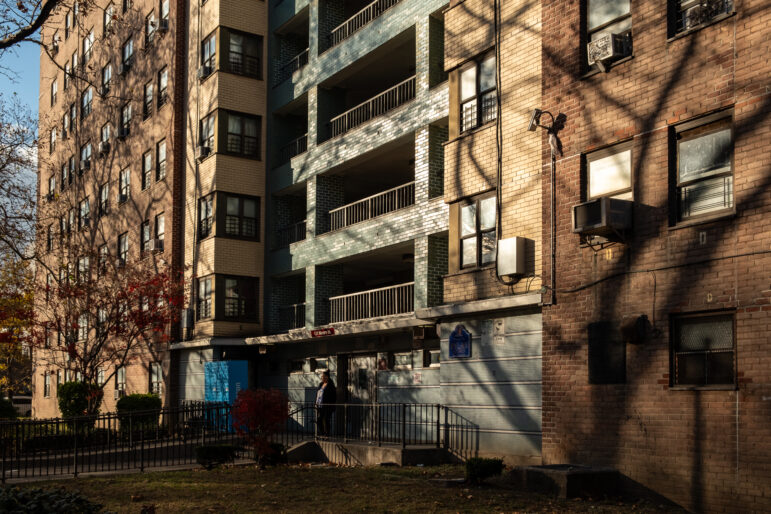
Photo by: Rebecca Davis
Geoffrey Canada became a household name in the fight against poverty.
Geoffrey Canada is one of the few people to have appeared on two covers of City Limits—first in 1994, when he was just launching the Harlem Children’s Zone, and again in 2010, when the Zone was first being used as a national model for an Obama administration anti-poverty program. He also wrote at least three pieces for us—a 1991 commentary, a 1995 article and a 1996 book review.
This week Canada announced that he is stepping down as CEO of the HCZ.
Helen Zelon’s award-winning 2010 series asked whether the HCZ model, in particular the central role taken by charter schools as Canada’s project progressed, had demonstrated sufficient value in Harlem, and whether it could be replicated elsewhere.
Canada’s motives weren’t in question, and the idea of cradle-to-college programming made a lot of sense to us. But given the way past anti-poverty programs had been tarred as failures and then used to undermine the very idea of activist government, and in light of all the different agendas that go into hyperdrive whenever charter schools are being discussed, we thought it was worthwhile to take a hard look at what the Zone had accomplished. Our report preceded similar work by Brookings and the New York Times.
What we found is essentially what Canada himself said yesterday, according to the Times: That there were signs of progress but “the results aren’t there yet.”
One result that is in as that Canada made fighting poverty a cause compelling enough for mainstream media to cover and hedge-fund magnates to fund, which is no small accomplishment.
Take a look at what we reported four years ago, especially our Q&A with the man himself.








